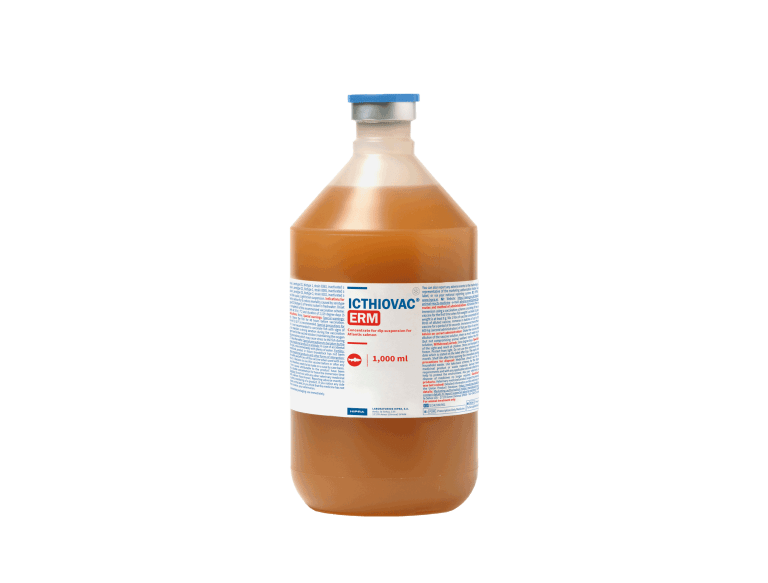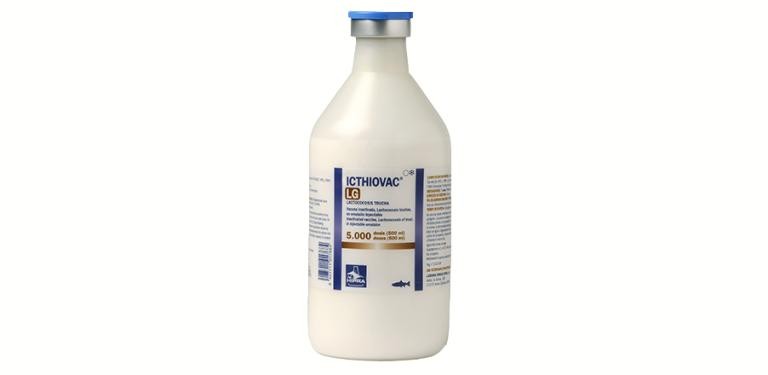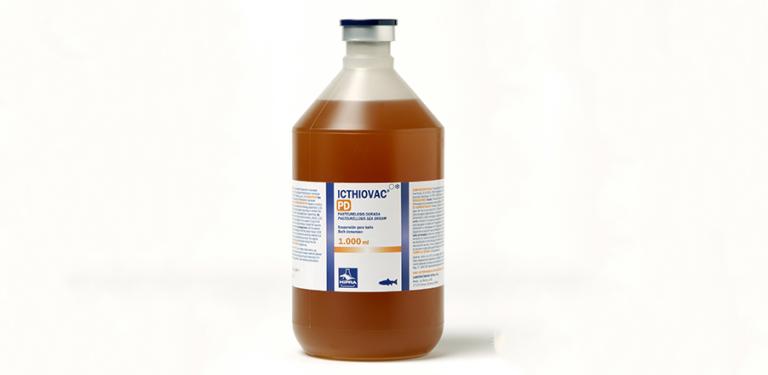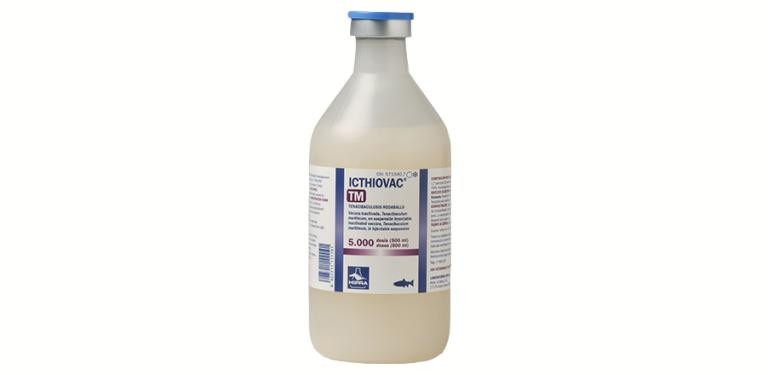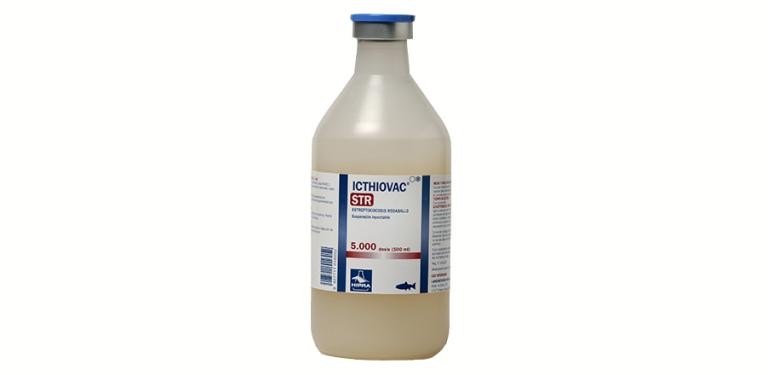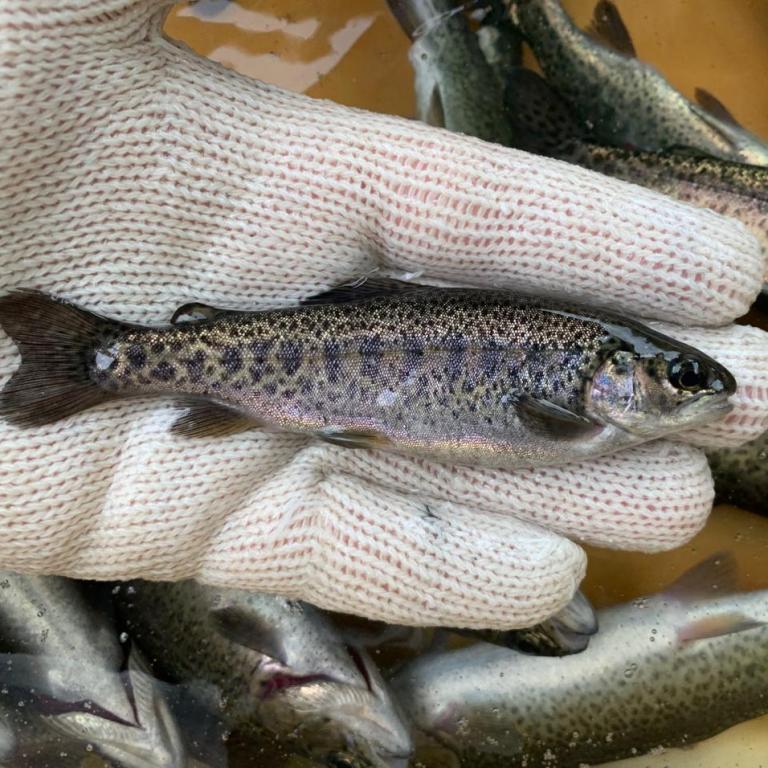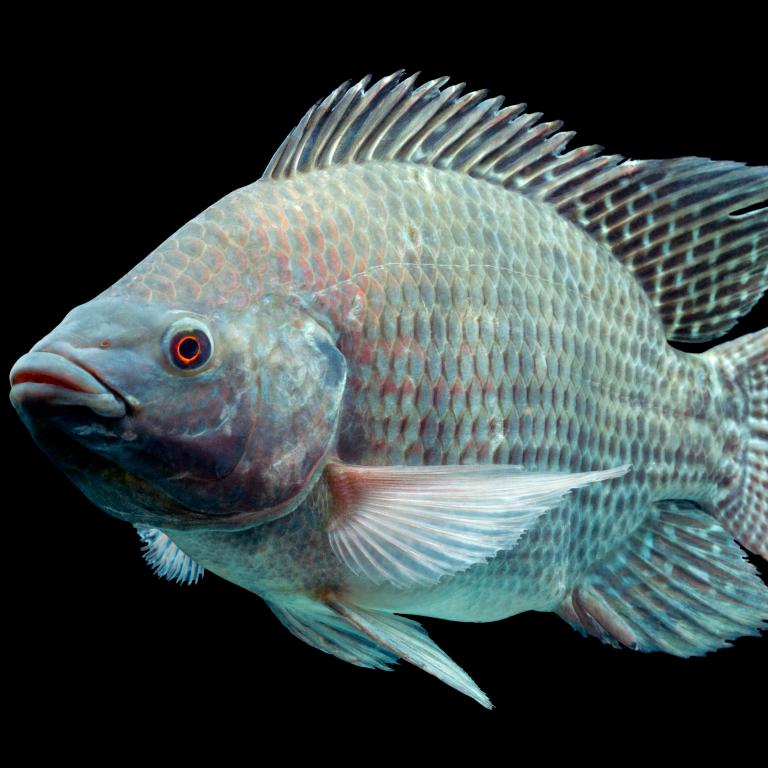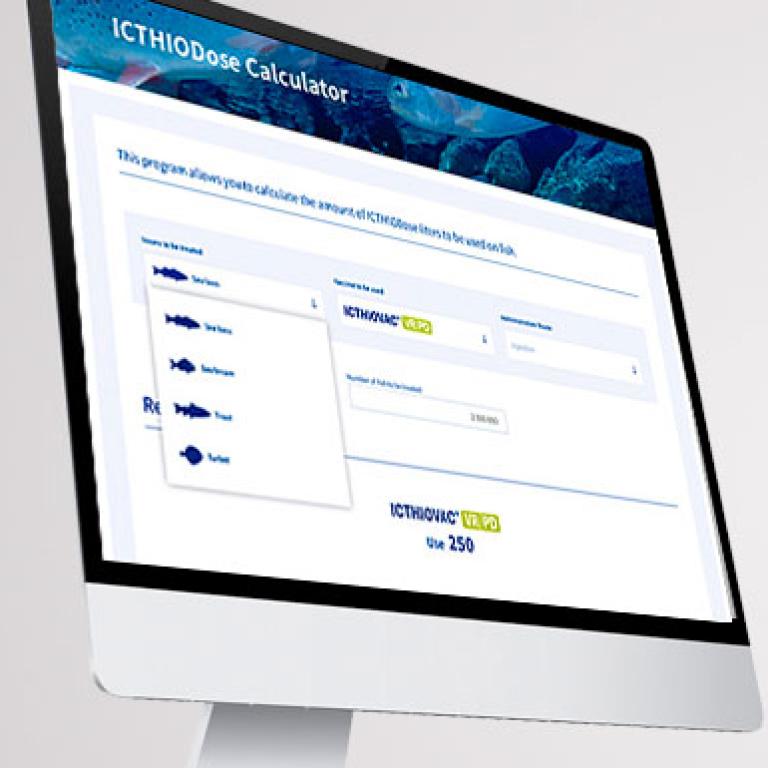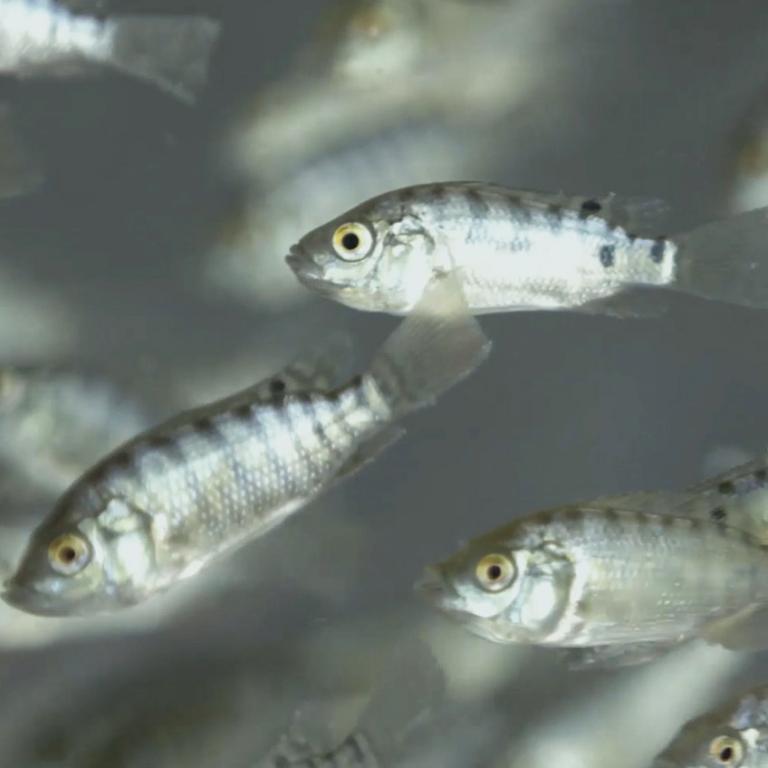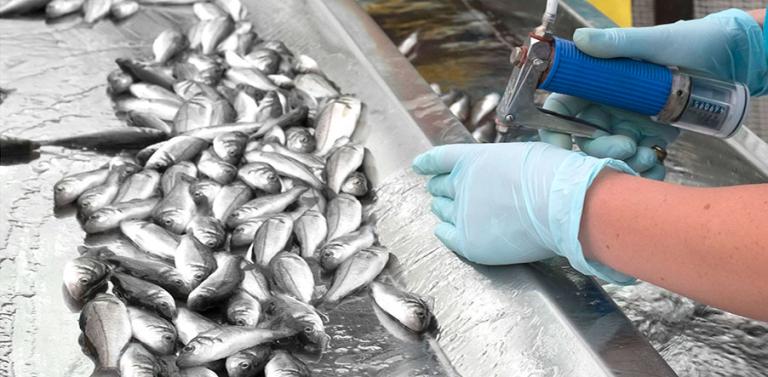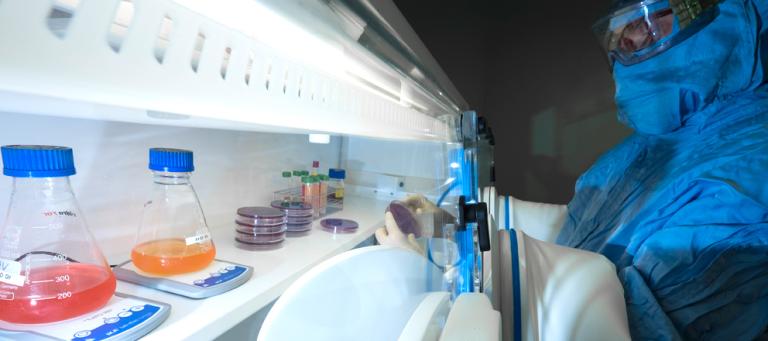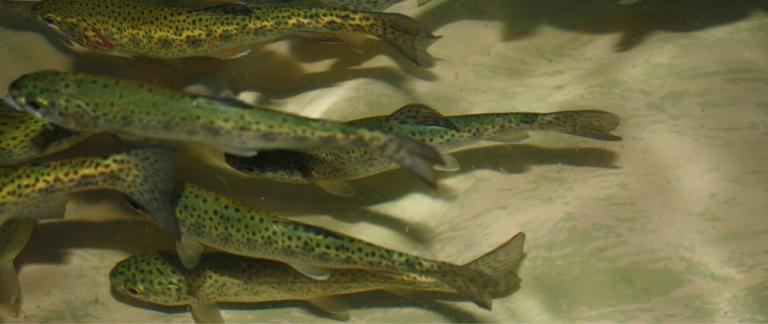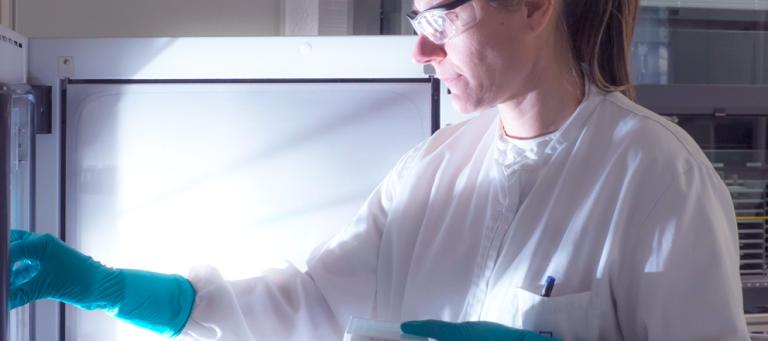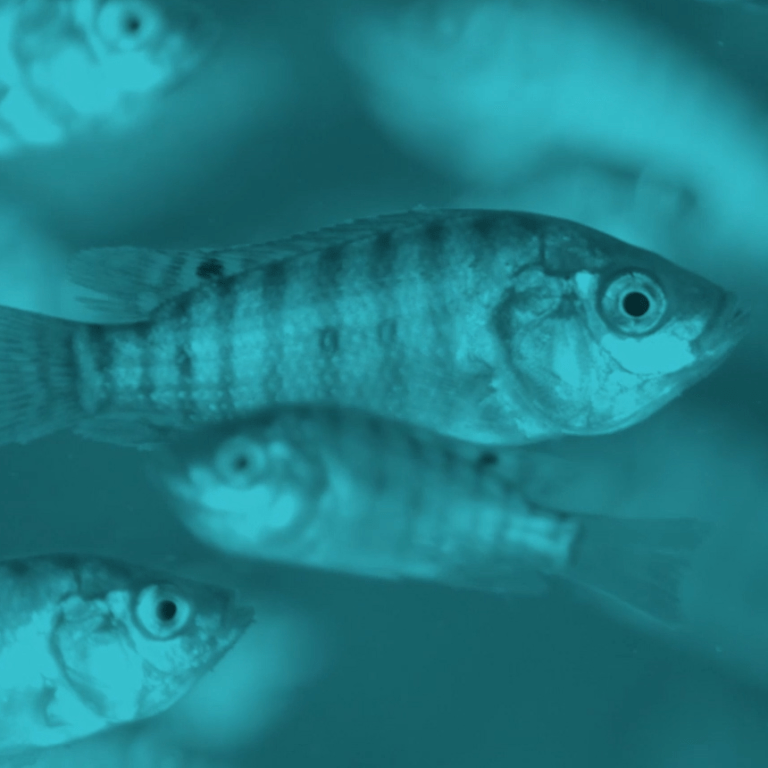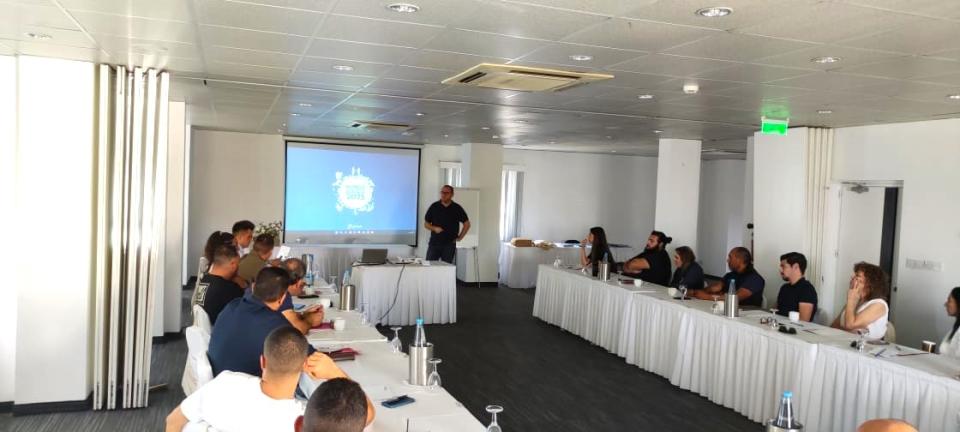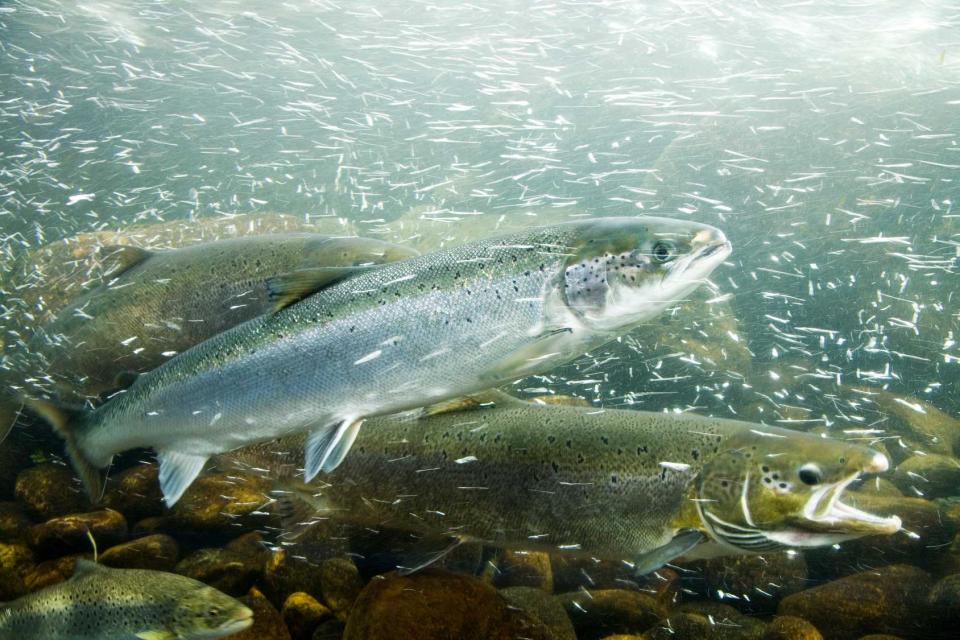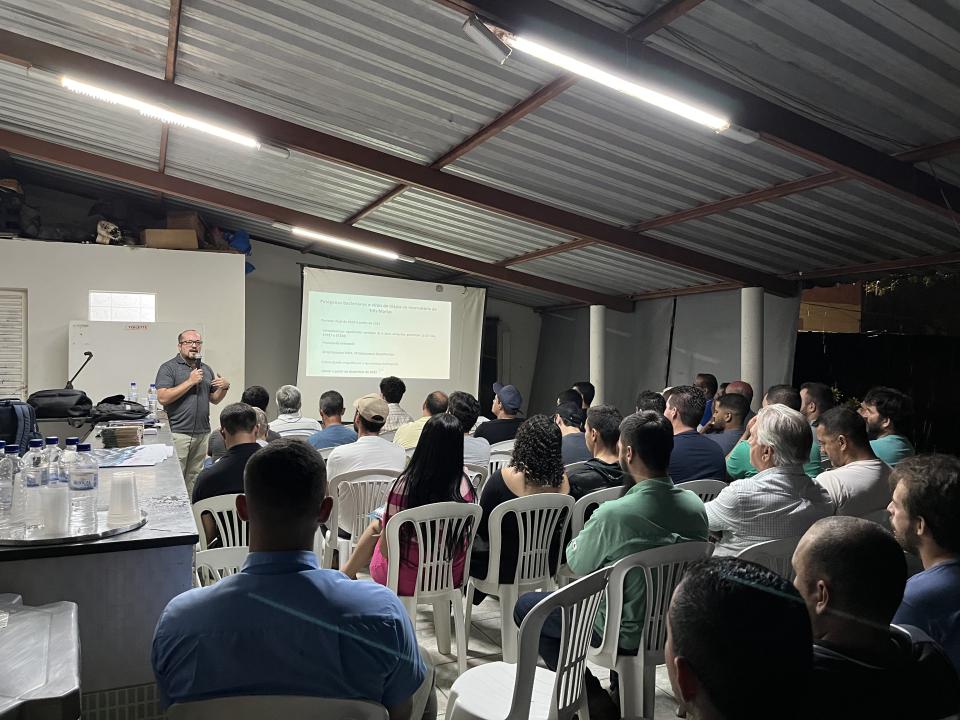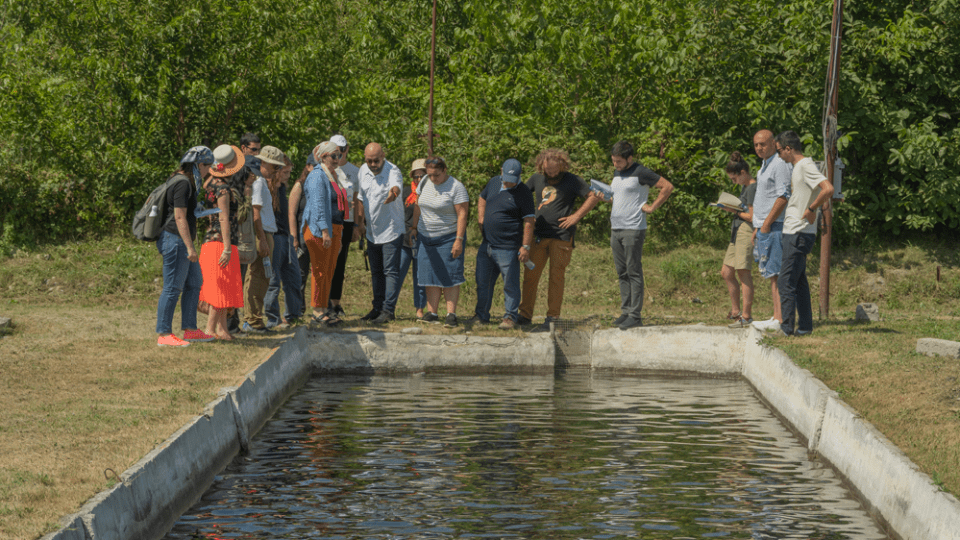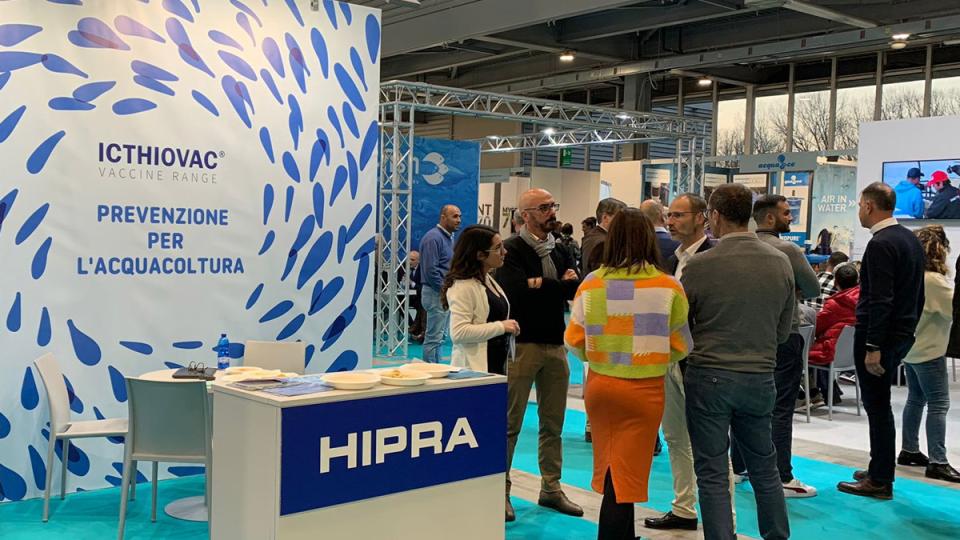AETIOLOGY:
Lactococcus garvieae is the aetiologic agent of Lactococcosis, an emerging disease that affects many species of fish and causes major economic losses in aquaculture; it affects both saltwater and freshwater fish when the water temperature rises above 16ºC in the summer months.
L. garvieae is a non-motile, non-spore forming facultative anaerobic. It is a Gram-positive ovoid coccus, occurring in pairs and short chains, and can produce α-haemolysis on blood agar.
The bacterium has been isolated as a causative agent of the disease in rainbow trout, tilapia and a wide range of aquatic species. The rainbow trout is the species that is most prone to the disease, suffering acute illness associated with high mortality compared to other fish species.
TRANSMISSION:
- INTRODUCTION OF NEW FISH TO A FISH FARM: it is the most frequent method of introducing the pathogen.
- INSIDE THE FISH FARM: The transmission of the disease is mainly through horizontal mechanisms. Direct transmission between fish living in the same hatchery is very common, through water and especially if the fish suffer from lesions, or via the faecal-oral route.
It has been reported that rainbow trout experimentally infected via intraperitoneal injection eliminated the pathogen through their faeces at 72 h post infection.
PATHOGENICITY:
The incubation period of the disease is very short and the microorganism is highly infectious. Lactococcosis has been defined as a hyperacute and haemorrhagic septicaemia. It begins with the appearance of a sudden, general anorexia, melanosis, lethargy, loss of orientation and erratic swimming.
The typical outward symptoms of the affected fish are exophthalmia (unilateral or bilateral) and the presence of bleeding in the periorbital and intraocular area, at the base of the fins, in the perianal region, the operculum and the mouth. L. garvieae causes lesions in the vascular endothelium, which leads to extravasation of blood, resulting in bleeding and petechiae on the surface of internal organs. It is very common to see infected fish with swollen abdomens and anal prolapse.
TREATMENT:
Historically, antibiotics have been used as an effective method for controlling infections caused by microorganisms of the Streptococcus genus in fish.
Although some of these substances have shown in vitro activity against L. garvieae, they are normally ineffective when used in field conditions, probably due to the rapid anorexia occurring in animals and the emergence of resistant strains. The most commonly used antibiotics to control Lactococcosis outbreaks in rainbow trout have been erythromycin, oxytetracycline, amoxicillin and low-dose doxycycline.
DIAGNOSIS:
- Identification of the causal agent: bacterial culture using samples of the target organs or swabs (liver, spleen, kidney).
PREVENTION AND CONTROL:
Sanitary measures are the first barrier in preventing the introduction of pathogens in fish farms. Thus, maintaining adequate microbiological quality, controlling the sanitary condition of the water and sediment, and regularly disinfecting all production units is of utmost importance.
- Therefore, the vaccination of susceptible populations has become the best choice for Lactococcosis control.
BIBLIOGRAPHY
- D. Vendrell et al. Review Lactococcus garvieae in fish: A review / Comp. Immun. Microbiol. Infect. Dis. 29 (2006) 177–198 185.
- D. Vendrell et al. Safety and efficacy of an inactivated vaccine against Lactococcus garvieae in rainbow trout (Oncorhynchus mykiss) Preventive Veterinary Medicine 80 (2007) 222–229.
